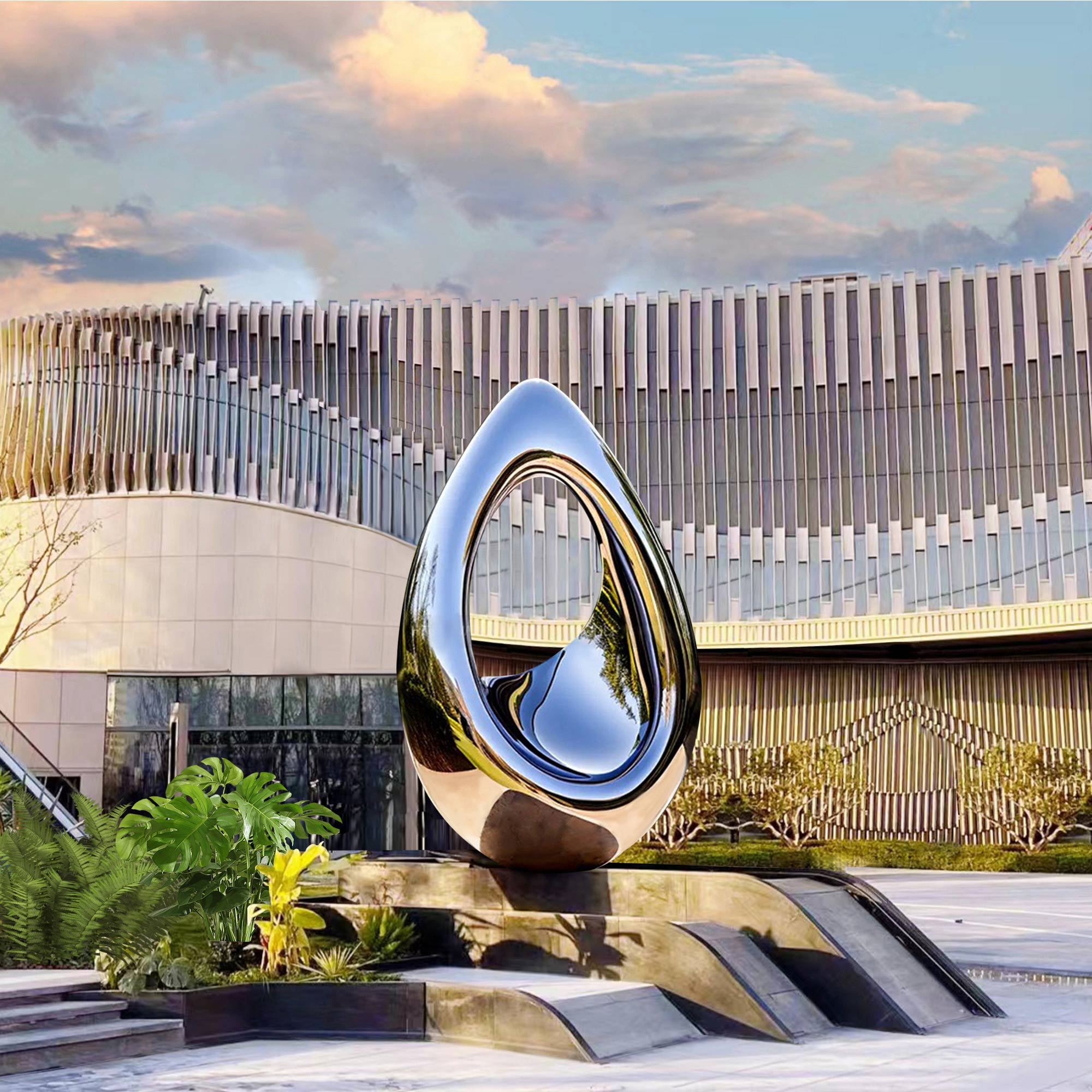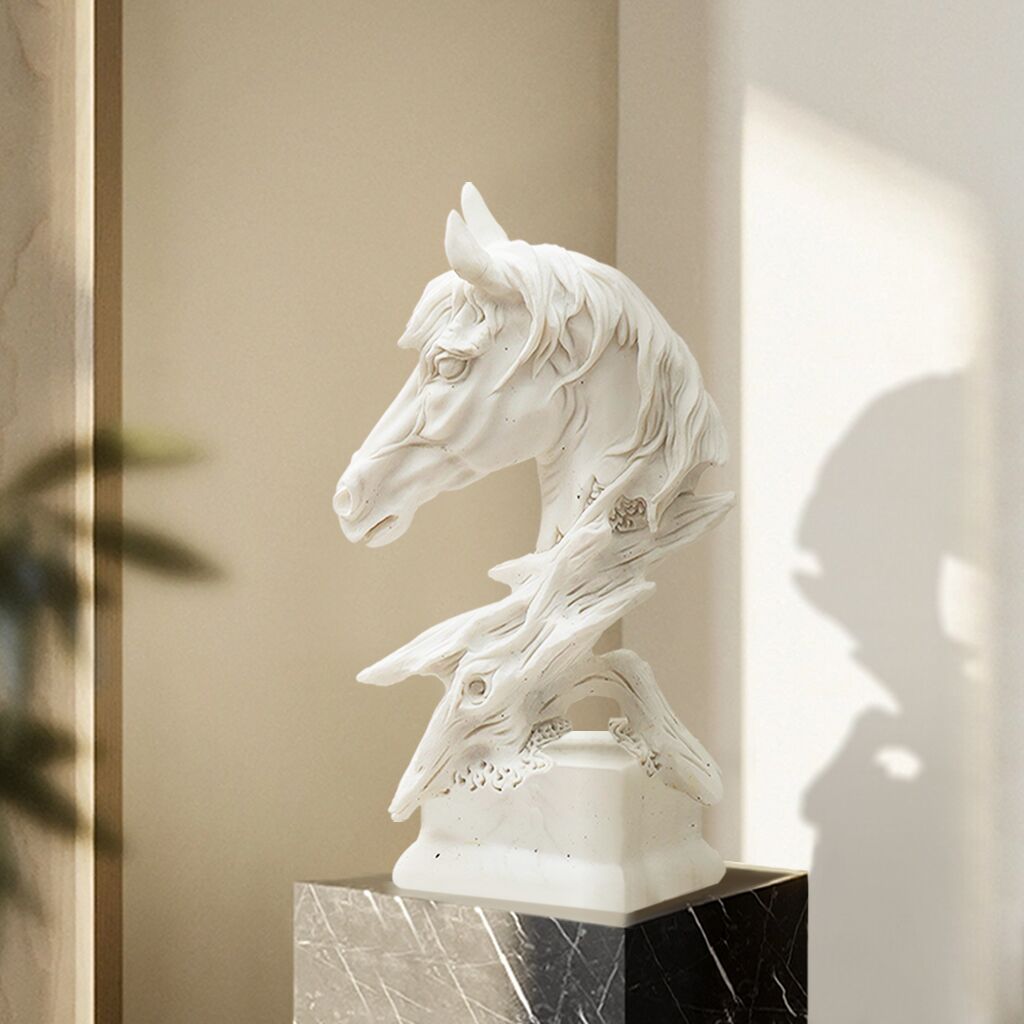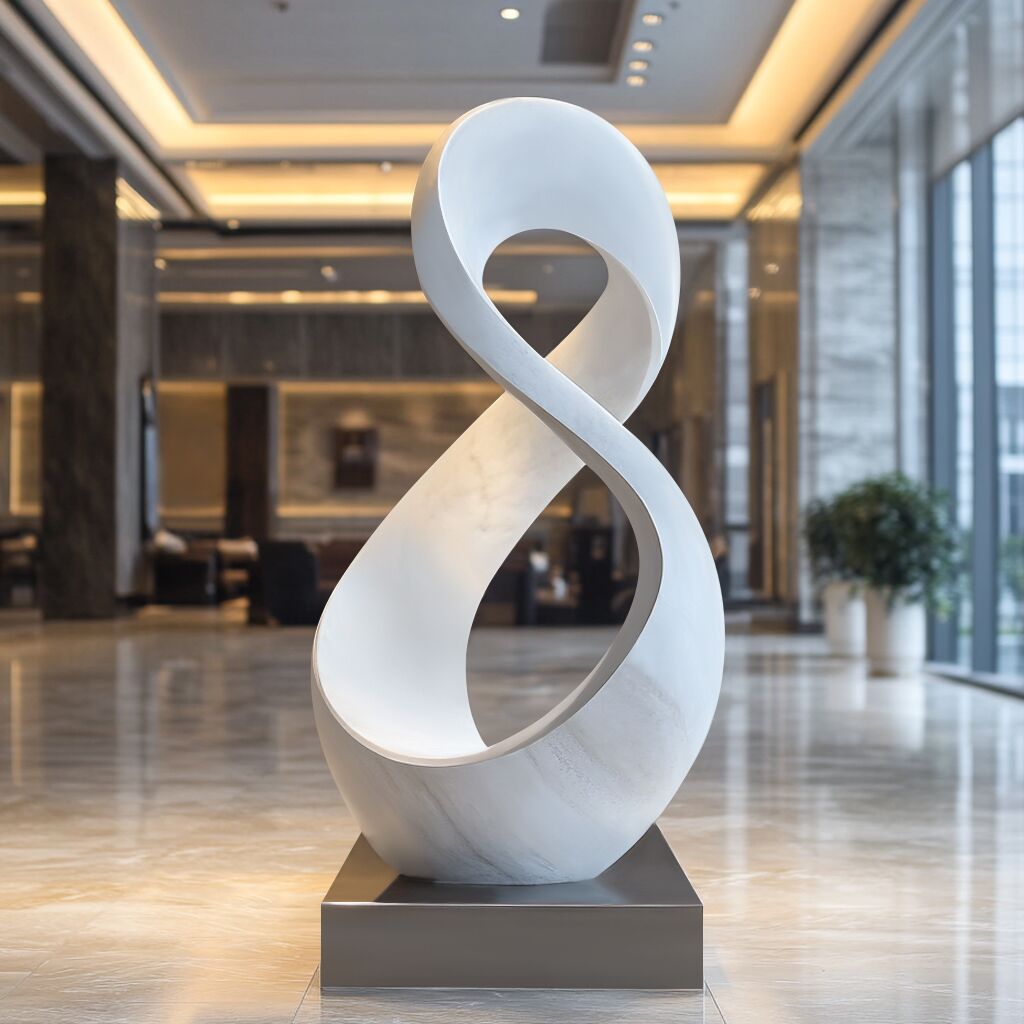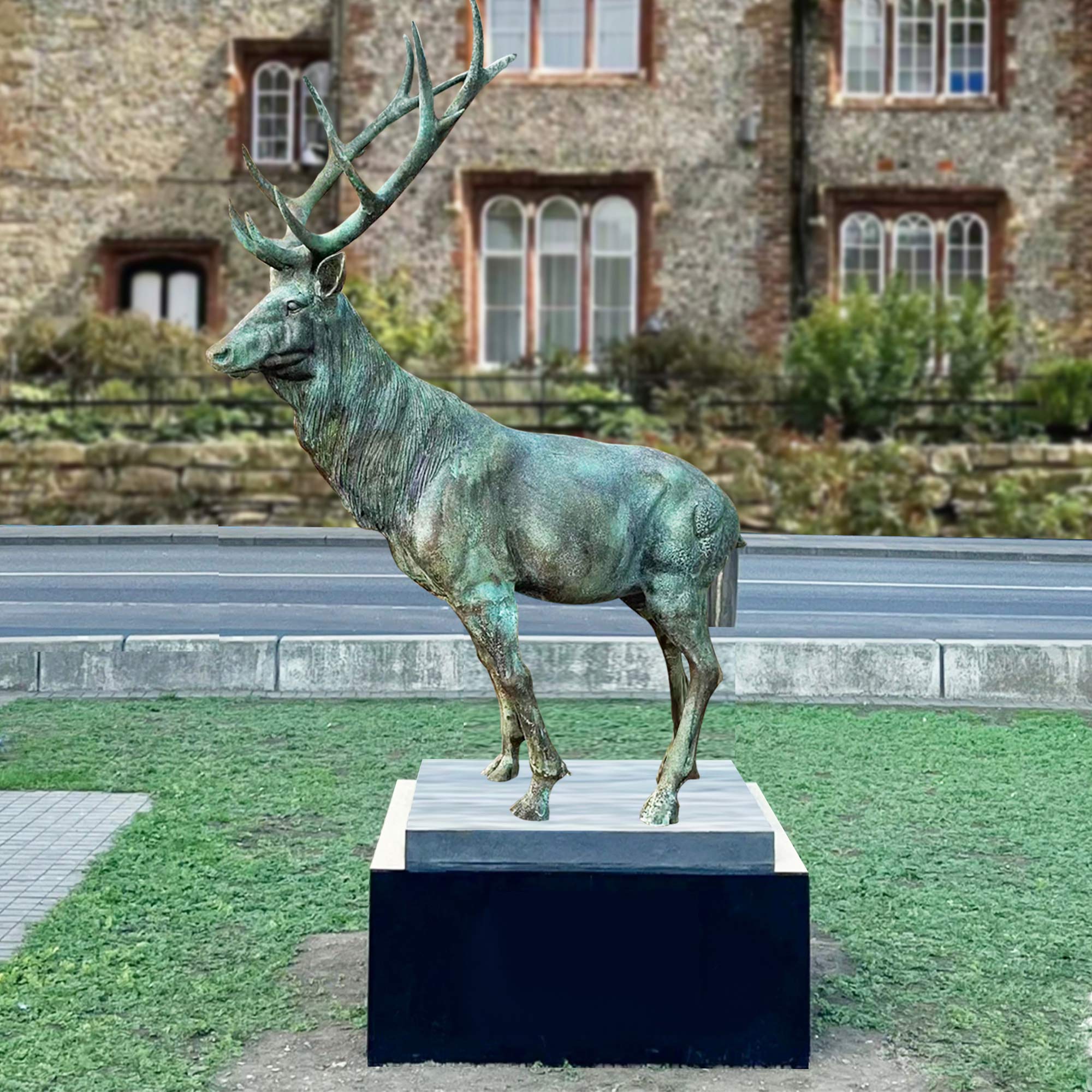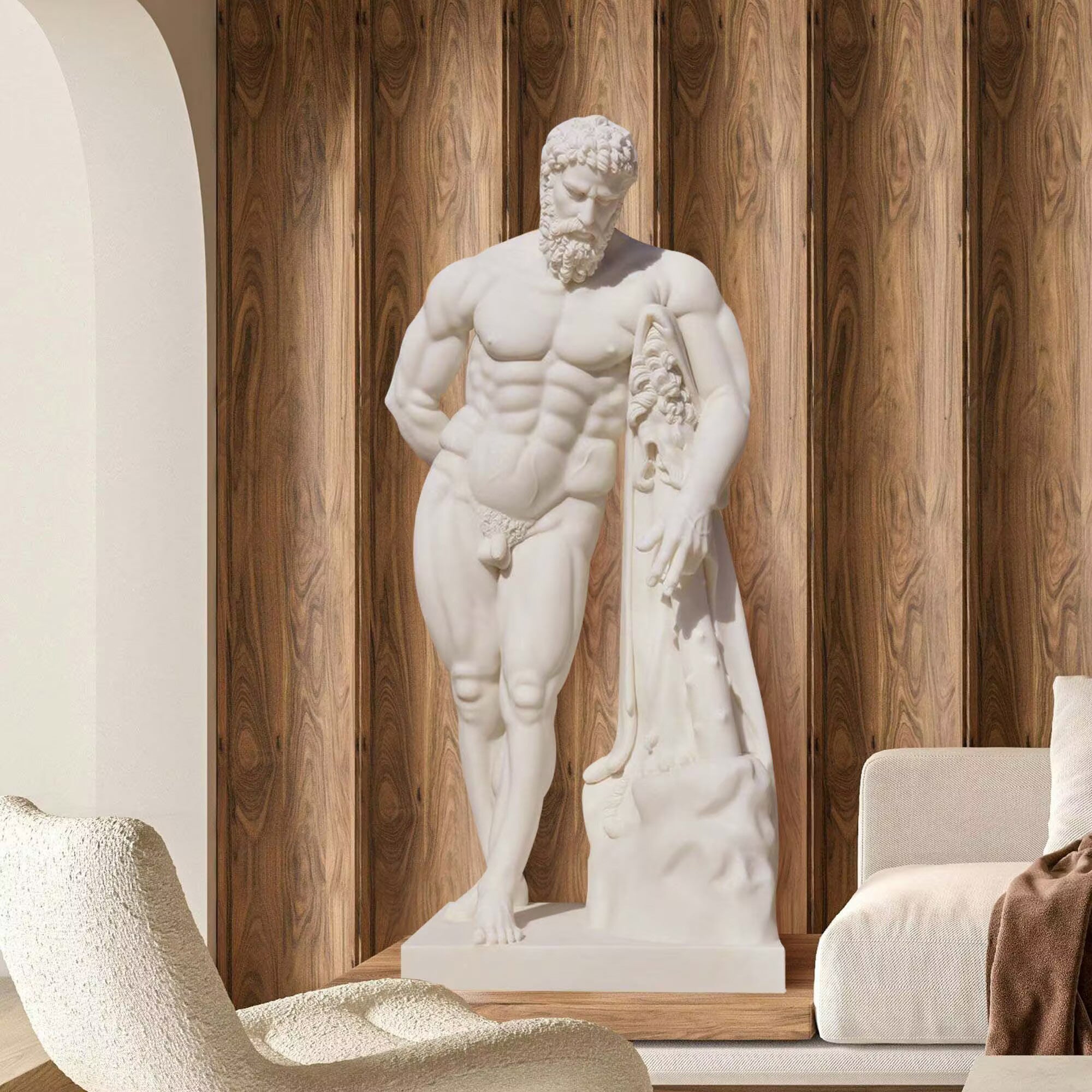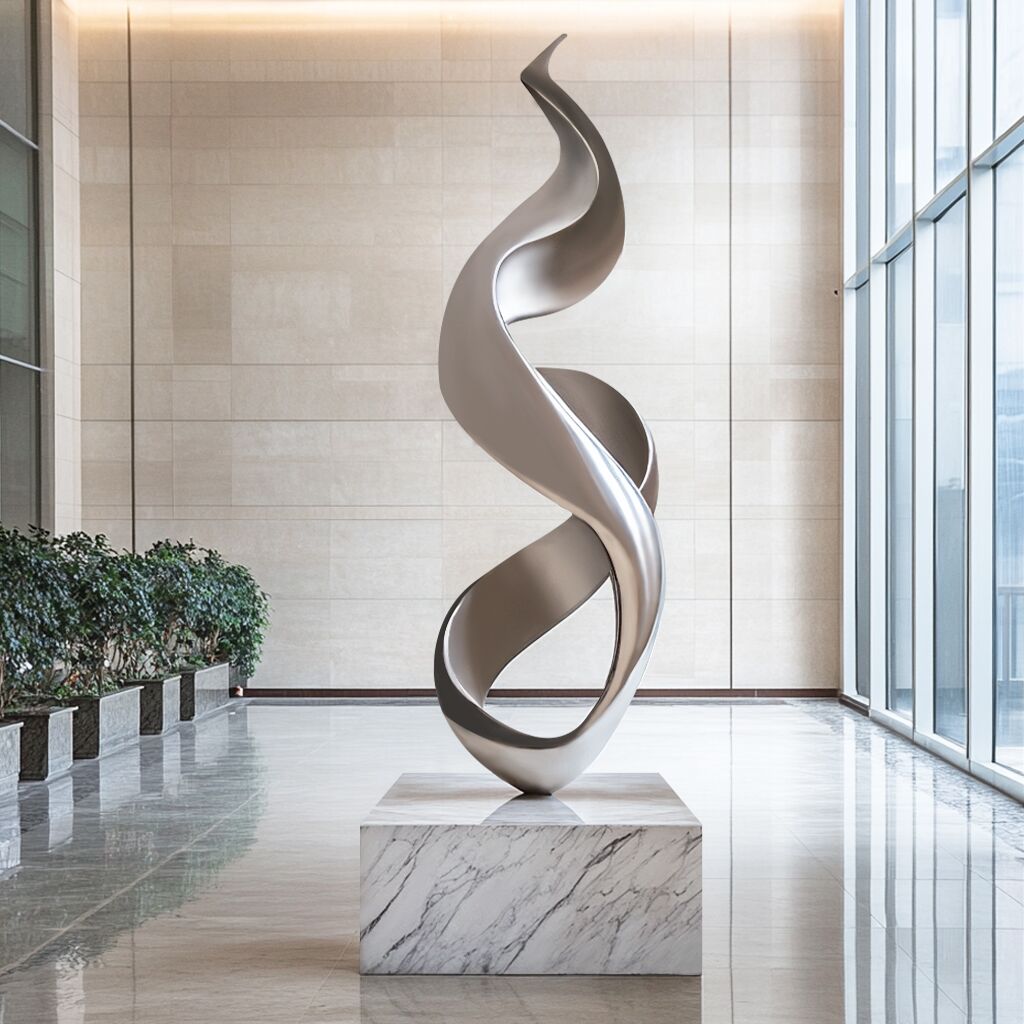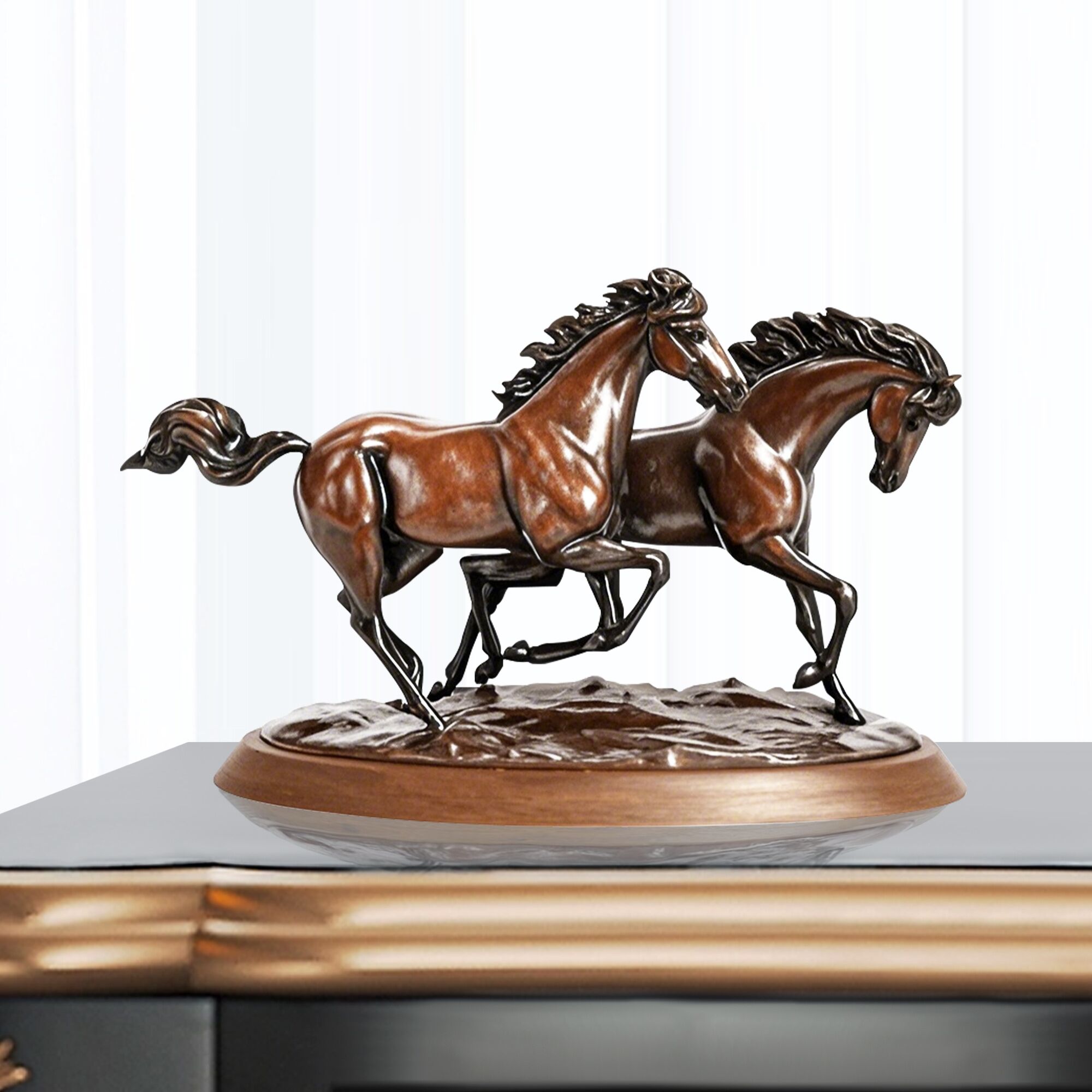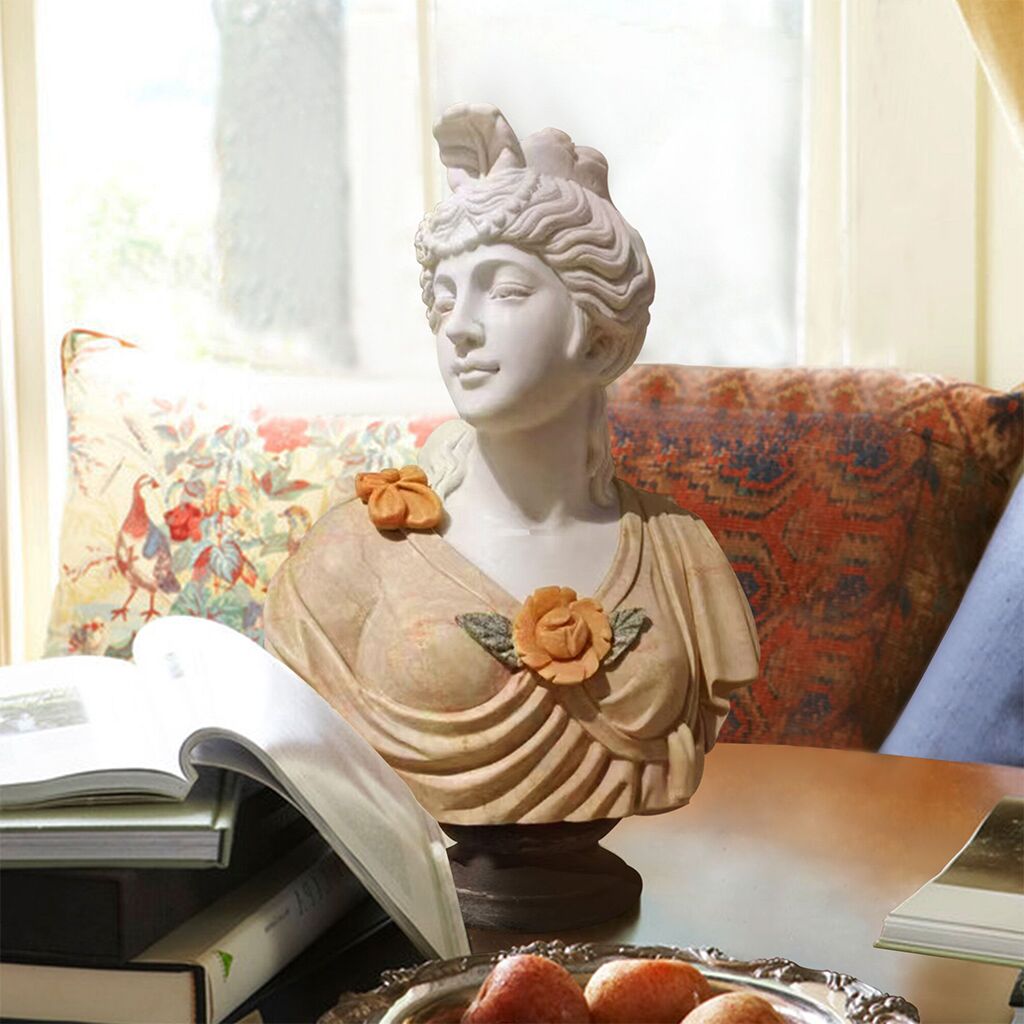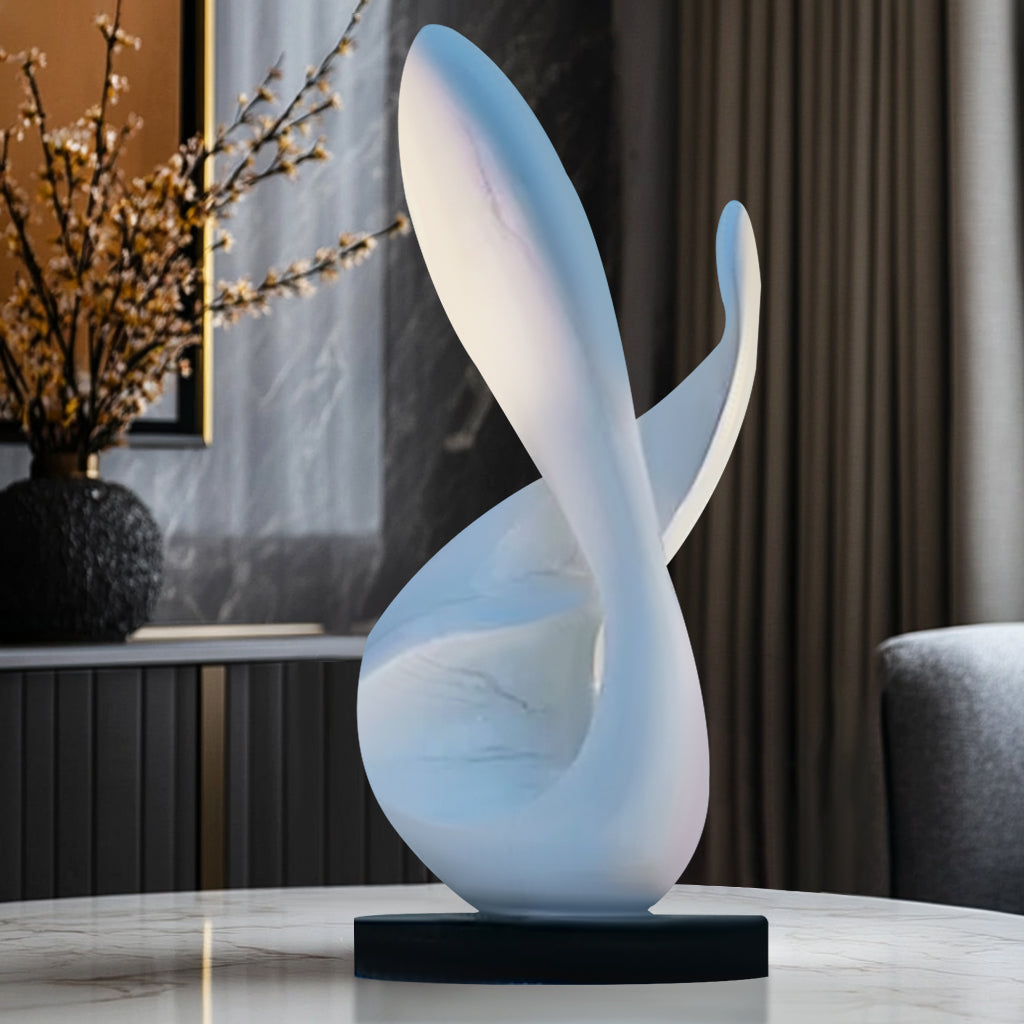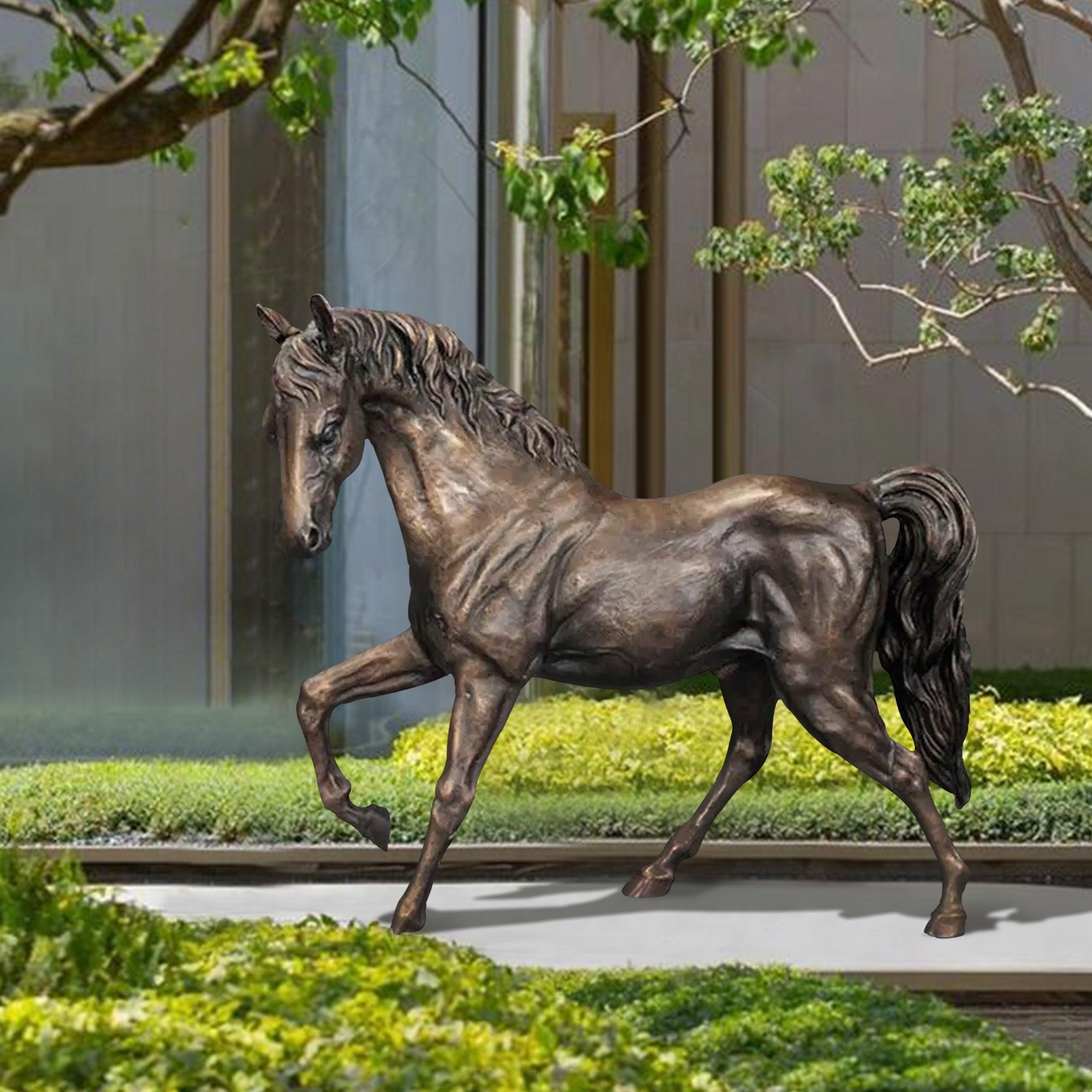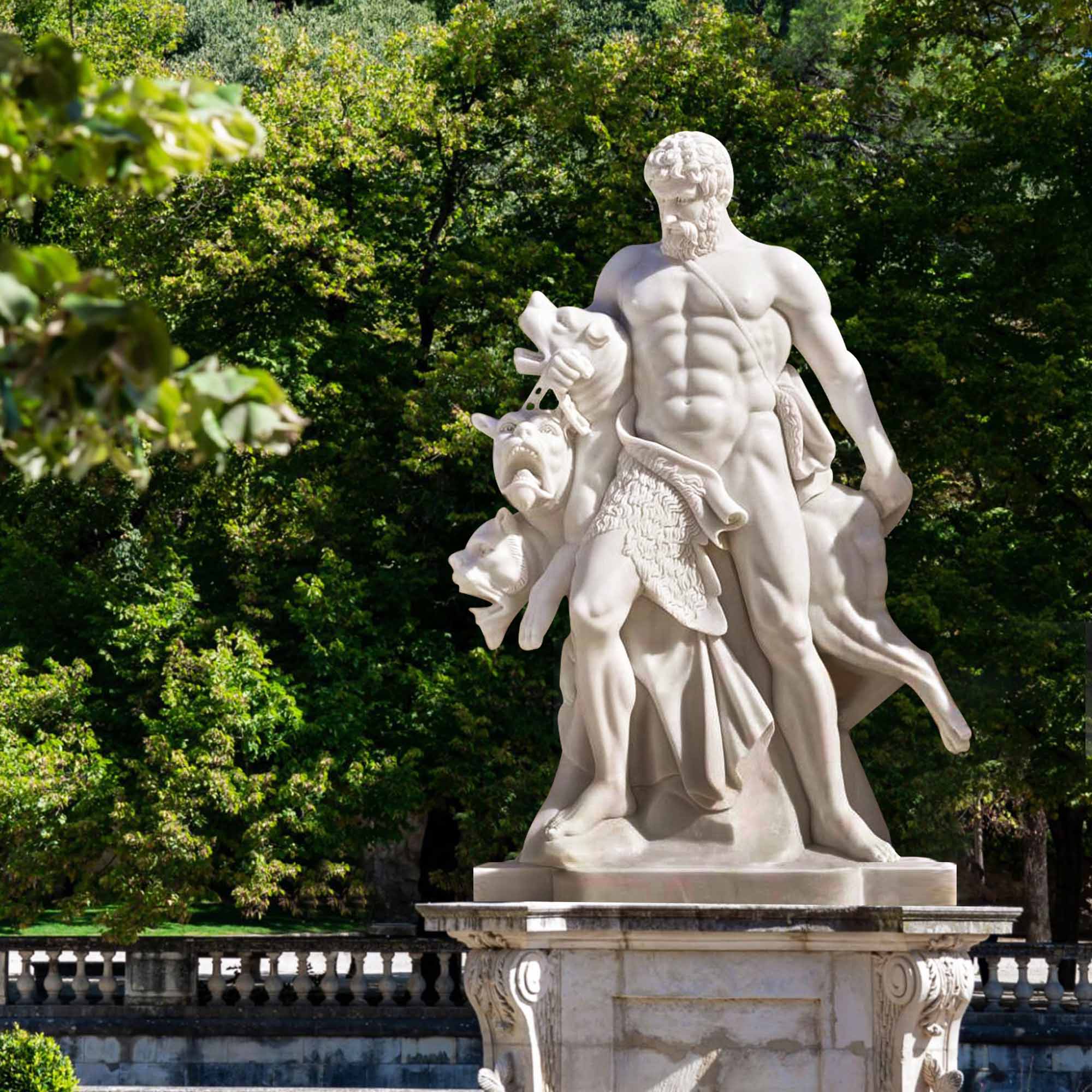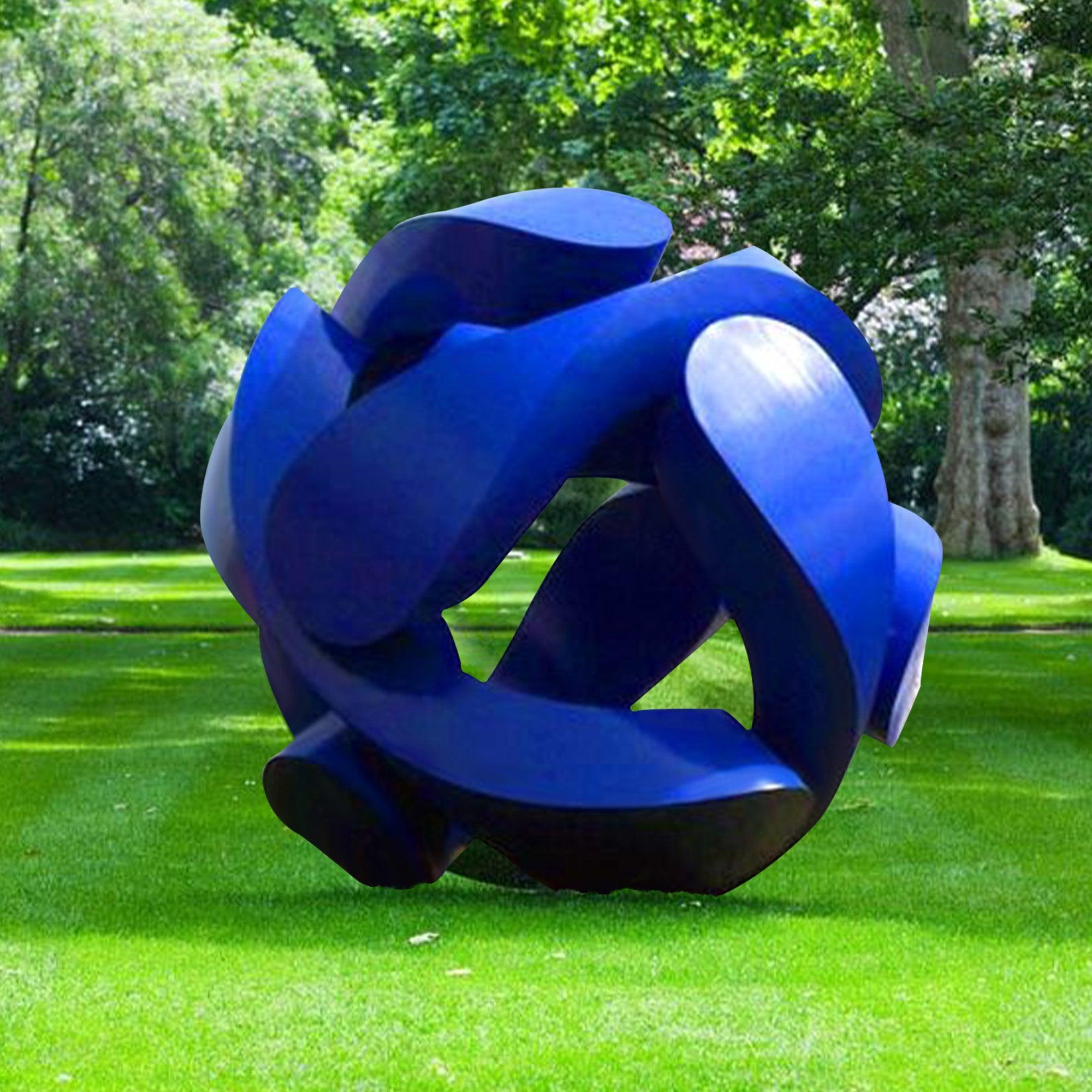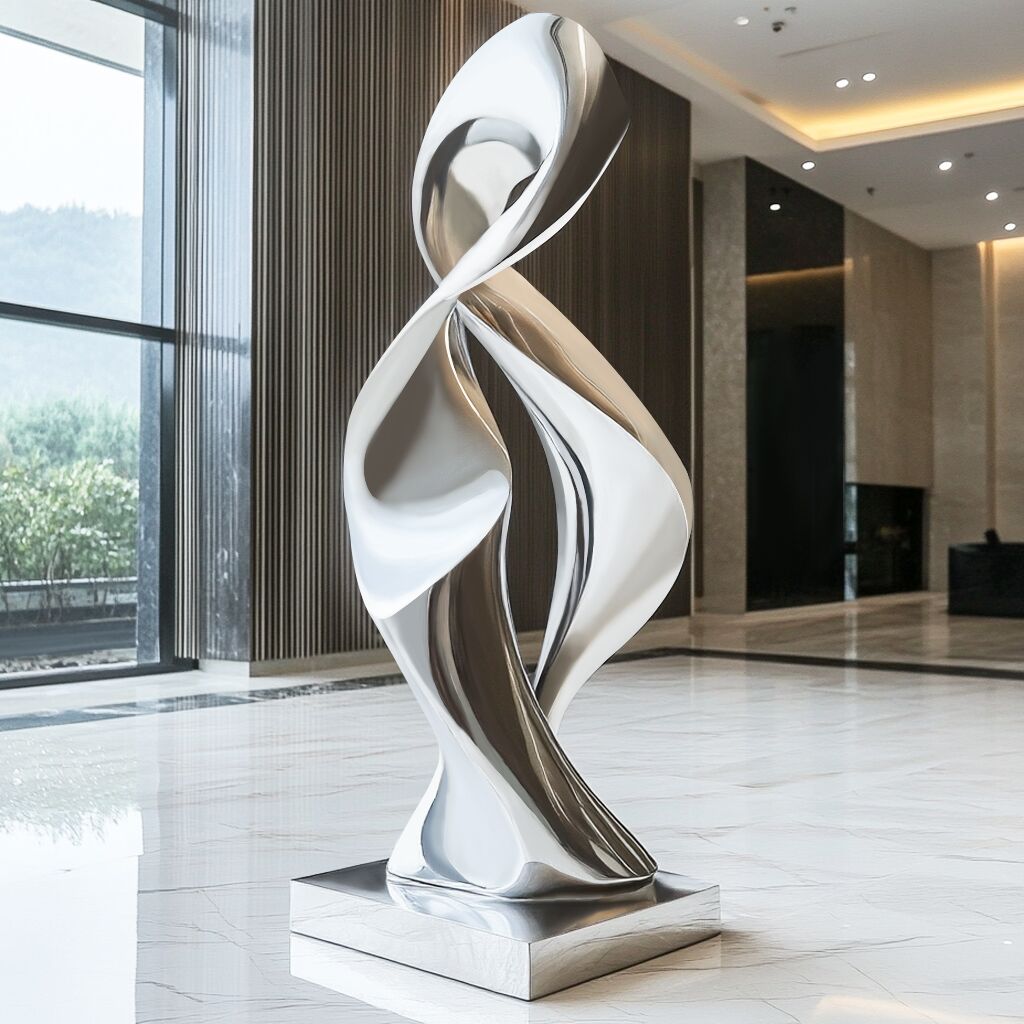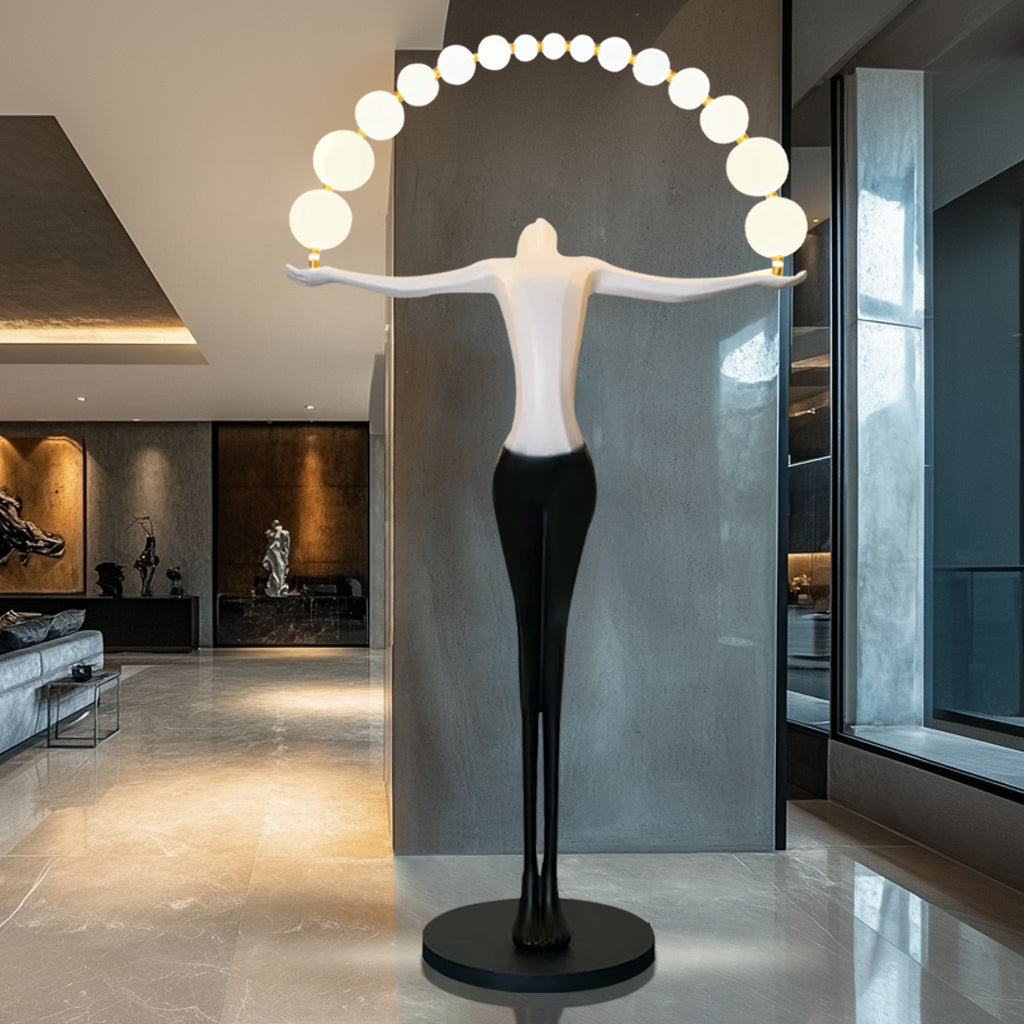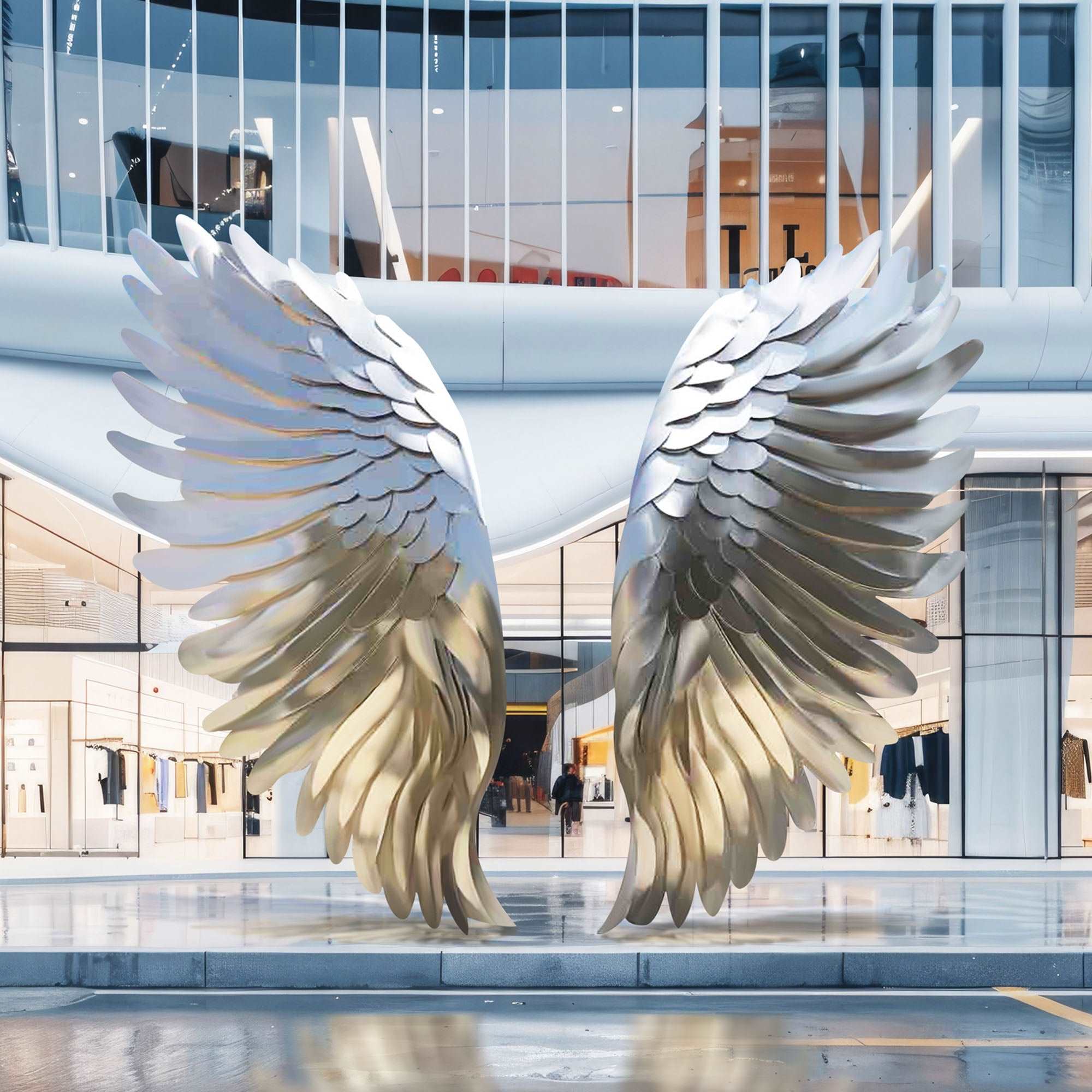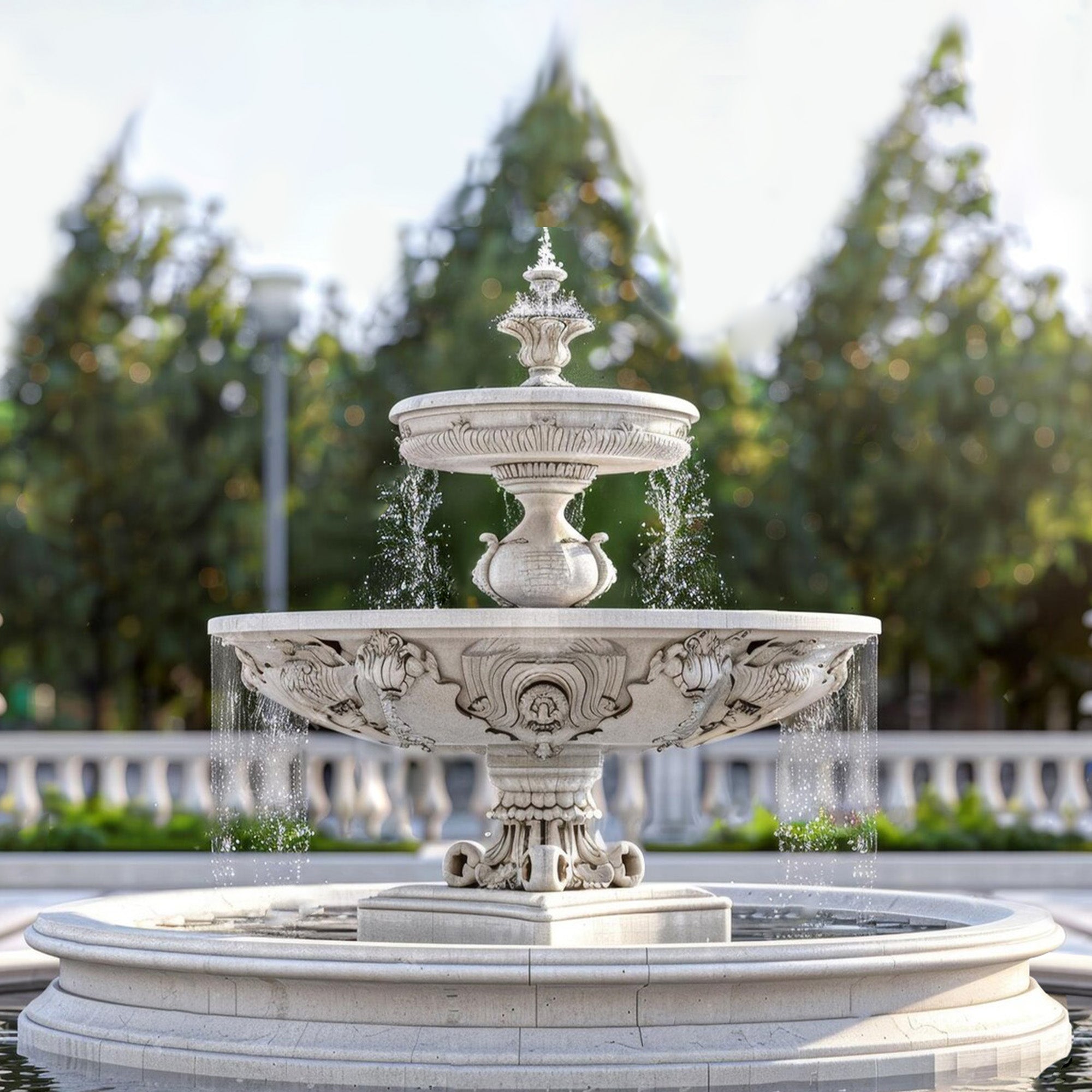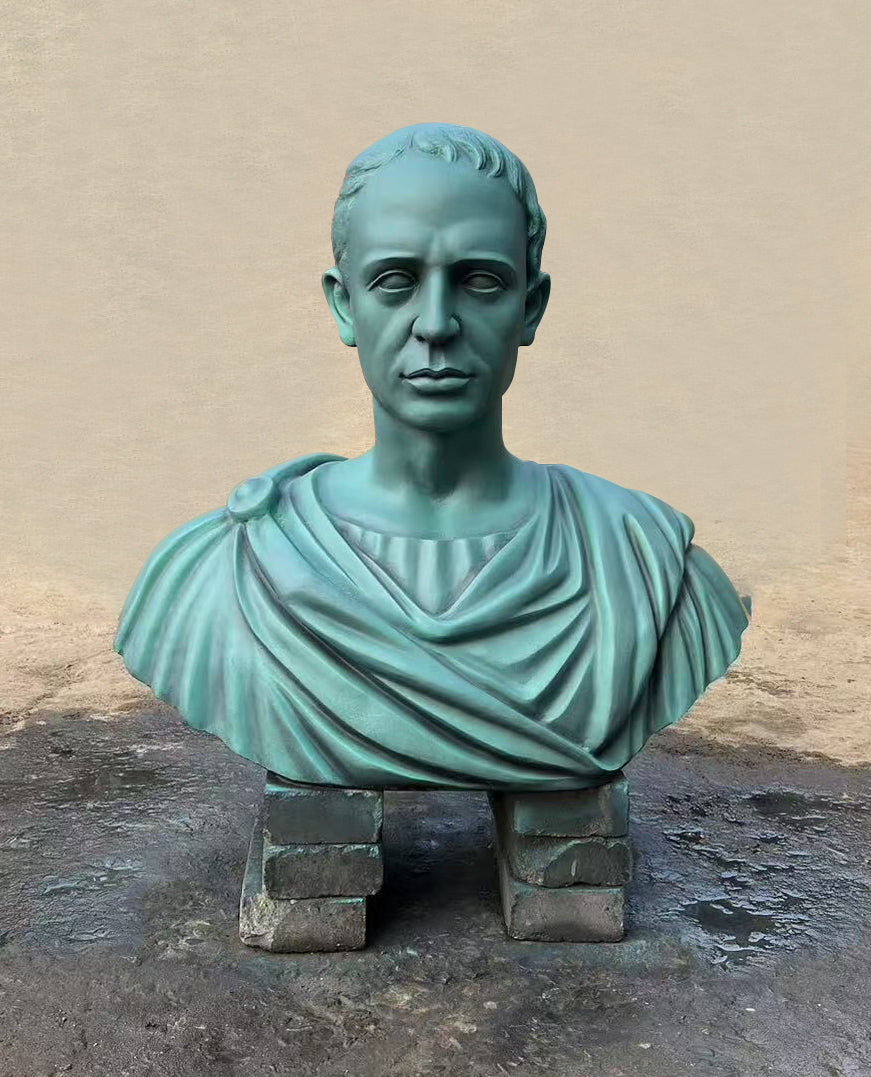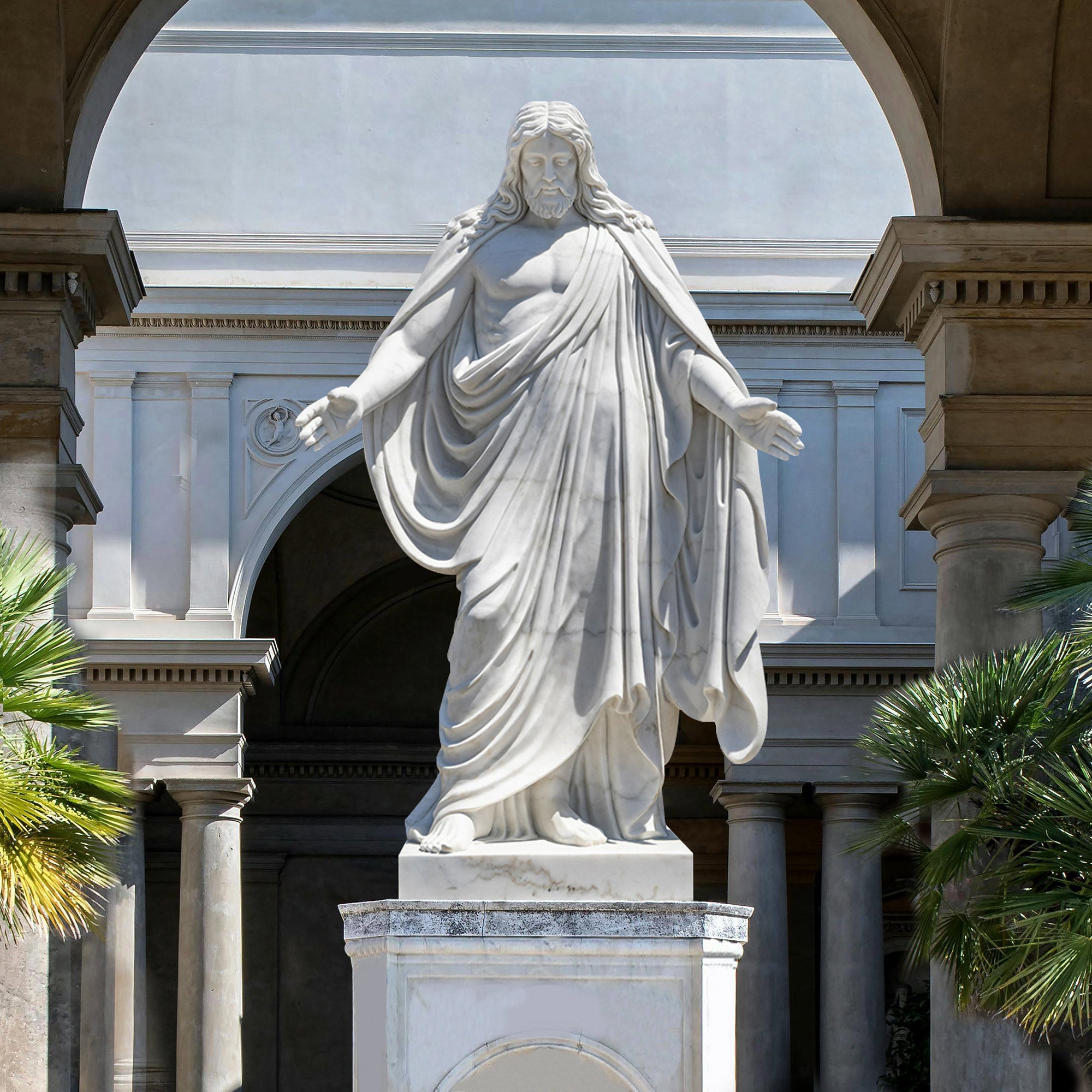A Brief History and Evolution
Stainless steel, originally developed for industrial and architectural purposes in the early 20th century, gradually found its place in the world of sculpture by the mid-century. Initially prized for its corrosion resistance and strength, artists soon recognized its aesthetic potential. During the 1950s and 60s, modernist sculptors began incorporating stainless steel into their work, drawn to its futuristic appearance and structural capabilities. By the 1980s, the material had become a staple in large-scale public installations. As digital fabrication technologies like CNC cutting and 3D modeling evolved in the 21st century, stainless steel emerged as one of the most versatile and impactful materials in contemporary sculpture, capable of transforming artistic visions into monumental, enduring realities.
Advantages of Stainless Steel in Sculpture
There are many reasons stainless steel has become a preferred medium for artists, especially those working on large, permanent installations. First and foremost, stainless steel sculpture is highly durable—it resists rust, oxidation, and UV degradation, making it ideal for outdoor settings. Its tensile strength allows for daring, expansive forms that would be difficult to achieve with more fragile materials. The range of available finishes—polished mirror, brushed satin, matte, and even colored coatings—gives artists broad creative freedom. Furthermore, stainless steel requires minimal maintenance compared to materials like bronze or wood, and it aligns with environmentally conscious practices due to its full recyclability. Lastly, its reflective surface provides a unique quality: the ability to integrate with and reflect its surroundings, turning the environment into part of the artwork itself.
Techniques and Processes Behind the Art
Creating a stainless steel sculpture involves a complex and collaborative process that blends art, engineering, and craftsmanship. It typically begins with a digital concept, where the artist develops a 3D model using software like Rhino or Blender. Engineers may get involved early to ensure structural integrity, especially for large installations. Once the design is finalized, steel sheets or tubes are precision-cut using fiber-laser or water-jet machinery. These components are then formed into shape using rolling, pressing, or bending techniques to create curves and angles. Skilled welders use TIG or MIG welding to fuse the pieces together, followed by meticulous grinding and polishing to achieve seamless surfaces. The final steps include surface finishing—such as mirror-polishing or brushing—and on-site installation, where the sculpture is securely anchored to a foundation.
Famous Stainless Steel Sculptures Around the World
Some of the most iconic public artworks in the world are made from stainless steel. One of the most recognized is “Cloud Gate,” affectionately known as “The Bean,” located in Chicago’s Millennium Park. Created by Anish Kapoor, this massive reflective sculpture weighs over 100 tons and consists of 168 polished steel plates seamlessly welded together. Another example is the Unisphere in New York, a stainless steel globe over 140 feet tall that was constructed for the 1964 World’s Fair to symbolize global unity. In Charlotte, North Carolina, the kinetic sculpture “Metalmorphosis” by David Černý features a mirrored head composed of rotating steel layers, combining engineering and performance art. These works highlight the range and power of stainless steel as a medium for artistic expression on the global stage.
The Role of Stainless Steel in Public Art
Public art is designed to be experienced by everyone, and stainless steel is particularly well-suited for this purpose. Its weather resistance, low maintenance needs, and eye-catching finish make it ideal for city plazas, parks, campuses, and cultural institutions. More importantly, its interactive nature—especially when mirror-polished—encourages public engagement. Viewers see themselves reflected in the piece, connecting personally with the work. Architects and city planners favor stainless steel because it retains its aesthetic value over time, offers minimal upkeep costs, and aligns with contemporary architectural styles. Whether minimalist or avant-garde, stainless steel sculptures have become defining features of many modern public spaces.
How to Care For and Maintain Stainless Steel Sculptures
Despite its durability, stainless steel does benefit from regular care to preserve its brilliance. Basic maintenance includes rinsing the surface with water and a mild, pH-neutral detergent every few months to remove dust, pollution, or bird droppings. In high-touch areas, fingerprints and smudges can be removed with microfiber cloths and specialized stainless steel cleaners. For coastal environments where salt can accelerate corrosion, using marine-grade 316L stainless steel is essential, along with fresh-water rinses. Annual inspections should include checks for surface wear, weld integrity, and base fasteners. If the sculpture is scratched or dulled, professional polishing can restore its original finish. With proper care, a stainless steel sculpture can maintain its appearance for decades with minimal intervention.
Commissioning a Stainless Steel Sculpture
Commissioning a custom stainless steel sculpture is a collaborative journey between client and artist. The process begins with a discussion of the vision: site location, dimensions, aesthetic preferences, and functional goals. Based on this, the artist or design team creates a concept sketch or digital rendering. Once approved, a detailed budget, timeline, and contract are established. The production phase includes material selection (304 or 316L grade), fabrication, finishing, and logistics planning. Installation often involves cranes, concrete foundations, and structural certification. Upon completion, clients typically receive a care guide and warranty. Whether for a corporate atrium, private garden, or civic square, commissioning allows for the creation of a unique, lasting artwork that reflects a space’s identity and values.
The Impact of Stainless Steel on the Art Industry
Stainless steel has reshaped the art industry by bridging the gap between traditional sculpture and technological innovation. It has opened the door for cross-disciplinary collaboration between artists, architects, engineers, and fabricators. The rise of digital tools and automated production has expanded creative possibilities while reducing manual labor and waste. At the same time, the material’s durability and sustainability align with the priorities of public institutions, green building standards, and environmentally conscious collectors. Stainless steel sculptures are no longer limited to elite museums—they are now found in airports, tech campuses, retail plazas, and luxury resorts, democratizing access to high-impact art.
The Enduring Beauty of Stainless Steel
At its core, the beauty of stainless steel lies in its permanence and adaptability. It can be sculpted into sleek modern forms or textured to resemble ancient relics. It reflects light, shadow, sky, and movement, making it feel alive and ever-changing. A stainless steel sculpture does more than just occupy space—it enhances it. It tells a story of strength, precision, and transformation. As a medium, it represents the future of sculpture: bold, resilient, and unforgettable. Whether in a bustling city square or a tranquil private garden, stainless steel art continues to inspire and endure.

